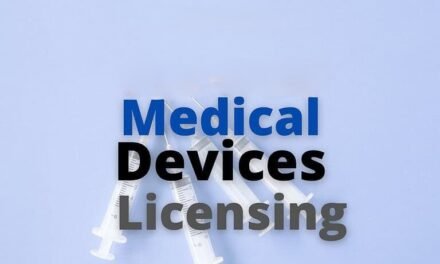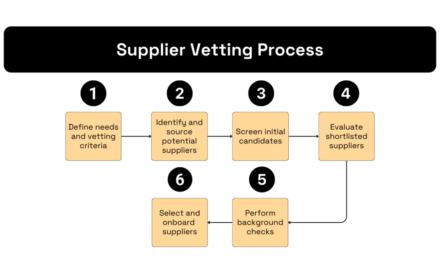
What are the opportunities for Make in India in the medical device sector?

The “Make in India” initiative offers a transformative opportunity for the medical device sector, aiming to establish India as a global hub for manufacturing, innovation, and exports. With growing healthcare demands, supportive policies, and a focus on reducing import dependency, this initiative opens up numerous avenues for growth. Here’s a detailed look at the opportunities:
1. Reducing Import Dependency:
- Current Scenario:
- Over 75% of India’s medical device needs are met through imports, especially in high-tech categories like imaging equipment and implants.
- Opportunity:
- Domestic manufacturing of high-value devices such as MRI machines, CT scanners, and cardiac implants can significantly reduce reliance on imports.
2. Expanding Domestic Demand:
- Healthcare Infrastructure Growth:
- The Indian government’s focus on healthcare access (e.g., Ayushman Bharat) is increasing the demand for medical devices.
- Rising Lifestyle Diseases:
- A surge in chronic conditions like diabetes and cardiovascular diseases boosts the need for diagnostic and therapeutic devices.
- Opportunity:
- Manufacturing low-cost, high-volume devices such as syringes, diagnostic kits, and wearable health monitors to cater to this expanding market.
3. Favorable Government Policies:
- Production Linked Incentive (PLI) Scheme:
- Financial incentives for manufacturing high-tech devices like radiology equipment, implants, and surgical instruments.
- Medical Device Parks:
- Dedicated parks in Andhra Pradesh, Tamil Nadu, Himachal Pradesh, and Madhya Pradesh reduce manufacturing costs by providing common facilities.
- 100% FDI:
- Automatic route for foreign direct investment encourages joint ventures and technology transfer.
- Opportunity:
- Leverage these schemes to set up manufacturing units and partner with global players.
4. Focus on Export Growth:
- Global Market Potential:
- The global medical device market is projected to exceed $600 billion by 2025.
- Competitive Advantage:
- India’s cost-effective manufacturing capabilities make it a preferred supplier for emerging markets in Africa, Asia, and Latin America.
- Opportunity:
- Enhance exports of consumables, surgical instruments, and affordable diagnostic devices.
5. Innovation and R&D:
- Growing Innovation Ecosystem:
- Collaboration between research institutions, startups, and manufacturers fosters innovation.
- Focus on Frugal Engineering:
- Developing affordable and user-friendly devices tailored for Indian and emerging markets.
- Opportunity:
- Invest in R&D for advanced technologies like AI, robotics, and 3D printing to compete globally.
6. Technological Advancements:
- Adoption of Digital Health:
- Increasing demand for IoT-enabled and AI-driven devices for telemedicine and remote monitoring.
- 3D Printing:
- Potential for customized implants, prosthetics, and surgical tools.
- Opportunity:
- Lead in the manufacturing of smart, connected devices and personalized healthcare solutions.
7. Rising Investments:
- Private Sector Involvement:
- Venture capital and private equity firms are increasingly investing in med-tech startups and established companies.
- Global Partnerships:
- Joint ventures with international companies facilitate technology transfer and market access.
- Opportunity:
- Utilize increased funding to scale operations, enhance infrastructure, and expand product portfolios.
8. Addressing Rural Healthcare Needs:
- Rural Market Potential:
- Rural areas represent a significant untapped market for affordable healthcare solutions.
- Opportunity:
- Manufacture portable and cost-effective devices like handheld diagnostics, solar-powered imaging systems, and telemedicine kits.
9. Skill Development:
- Skilled Workforce:
- Initiatives under the Skill India Mission train professionals in medical device manufacturing and quality control.
- Opportunity:
- Leverage a large, skilled workforce to boost production and R&D capabilities.
10. Sustainability and Eco-Friendly Manufacturing:
- Demand for Green Solutions:
- Global markets are increasingly focused on eco-friendly and biodegradable medical devices.
- Opportunity:
- Innovate in sustainable manufacturing practices and materials to gain a competitive edge.
Examples of “Make in India” Success Stories:
- Trivitron Healthcare:
- Produces diagnostic equipment and consumables for both domestic and global markets.
- Meril Life Sciences:
- Develops and exports cardiovascular implants and surgical devices.
- Hindustan Syringes and Medical Devices (HMD):
- One of the world’s largest syringe manufacturers.
- Forus Health:
- Innovates in affordable ophthalmic diagnostic devices.
Challenges to Address:
- High Initial Investment:
- Setting up manufacturing units for high-tech devices requires significant capital.
- Regulatory Complexity:
- Navigating Indian and international regulatory requirements can be challenging.
- Technology Gaps:
- Lack of advanced component manufacturing capabilities, such as sensors and semiconductors.
The “Make in India” initiative presents immense opportunities for the medical device sector, ranging from reducing import dependency to becoming a global export hub. By leveraging government support, investing in innovation, and addressing market-specific needs, India can establish itself as a global leader in medical device manufacturing.




























